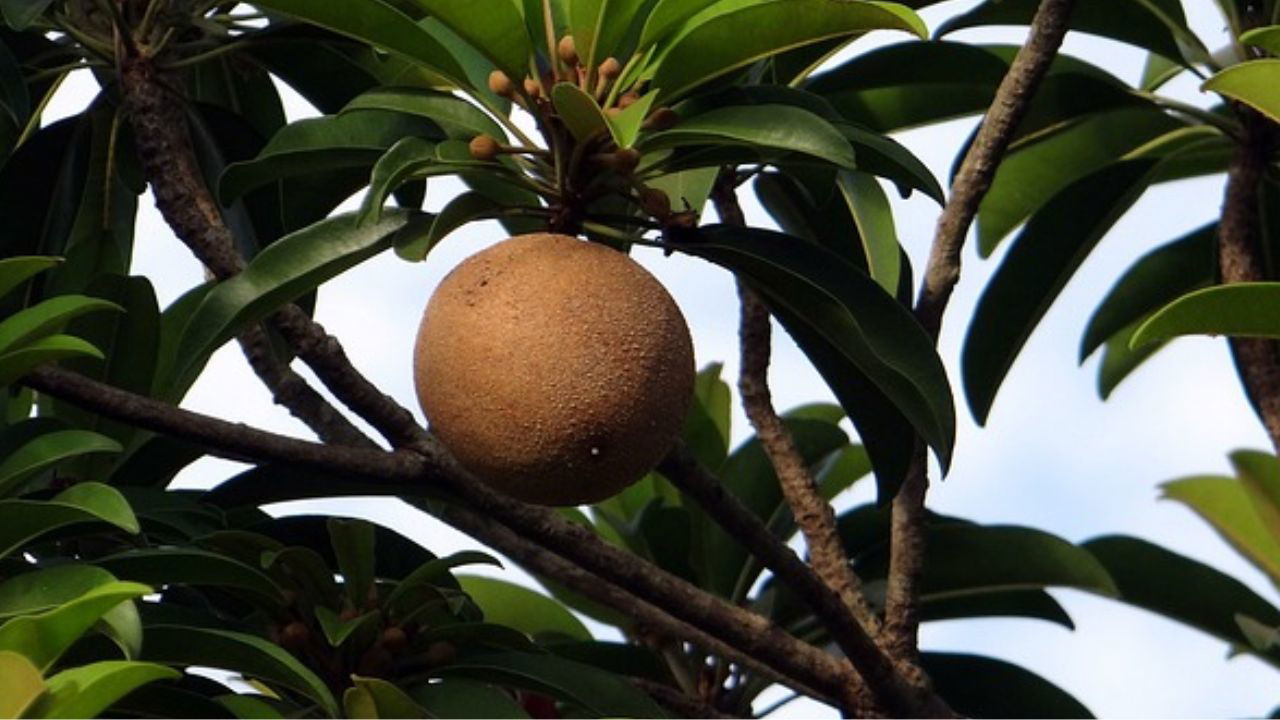
Sapota, commonly known as Chikoo, is a tropical fruit cultivated in India, with Maharashtra being one of the key regions of production. Although sapota was initially less affected by pests, recent years have seen a significant increase in pest-related issues, threatening the productivity and profitability of sapota cultivation. Integrated Pest Management (IPM) is a holistic and knowledge-intensive approach that necessitates the prompt compilation of temporal and spatial data obtained from crop-pest surveillance in order to advise extension functionaries to promptly provide need-based management measures for implementation by farmers.
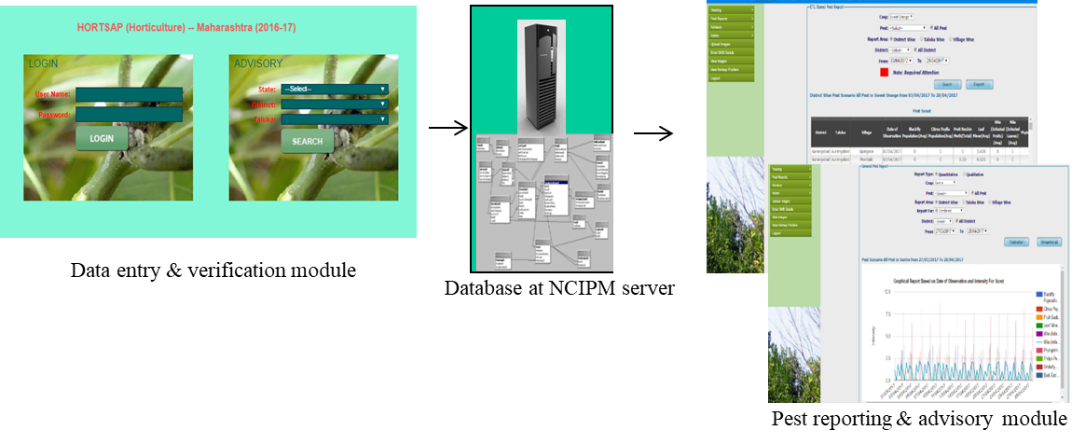
Therefore, wide-area pest surveillance of the sapota seed borer, sapota budworm, and Phytophthora, a pathogen responsible for fruit rot. Seed borer, budworm and Phytophthora was carried out in major sapota-growing areas of Maharashtra state, from 2012-2022, using an ICT-based pest surveillance system developed for the timely and correct observation of pest and disease activity.
The pest surveillance was carried out during the crop-growing seasons from 2012 to 2022. Implementation of ICT-based pest surveillance system facilitated the monitoring and management of pest infestations in sapota (Manilkara zapota) orchards across Maharashtra, India. By employing ICT tools, the research team was able to monitor pest and disease activity effectively across a wide area, providing valuable insights into the timing and severity of infestations.
ICT-based pest surveillance system was implemented in the Thane districts of Maharashtra which included a total of four talukas viz., Palghar, Dahanu, Talassari and Vasai (Fig. 1) covering an area of 5,416 ha and it could be possible through the use of ICT-based pest surveillance system with the assistance of pest scouts employed by the Maharashtra Department of Horticulture.
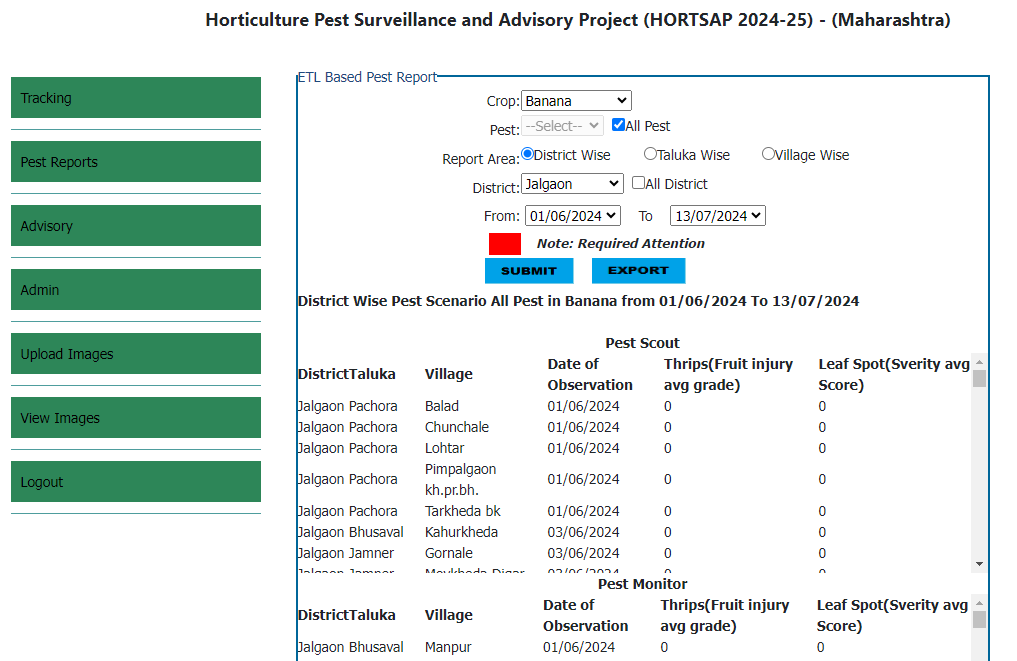
Weekly pest observations were recorded from two fixed orchards and two random orchards chosen form selected village, by scouts in the morning and another in the evening. Four trees were observed in each orchard by selecting one tree from each direction (East, South, West, and North). The orchard with at least one acre of land was chosen for surveillance.
The surveillance data revealed that activity of the seed borer, Trymalitis margarias peaked during the two major fruiting seasons of Maharashtra i.e, November-December (20.8-22.6%) and March-April (11.9-18.5%). On the other hand, the results of sapota bud borer infestation revealed that the occurrence and significant damage by bud borer starts in April and prevails up to June month in the sapota orchards. The peak population of bud borer was observed during April-May (22.8-24.0%) and the infestation continued in June month also with 13.0%.
The data revealed the extreme seasonal activity and damage by bud borer observed from April to May. The incidence of Phytophthora on sapota revealed that the disease peaked in the month of June and July (25.6-24.8%) in Maharashtra. This provides a comprehensive overview of the pest dynamics in sapota orchards, emphasizing the importance of continuous monitoring for effective pest management.
This also underscored the need for timely and targeted pest management interventions. For the seed borer, implementing control measures before November and December could significantly reduce fruit damage. Likewise, initiating budworm management strategies before April and May would be crucial in mitigating losses. The study also suggests that early forewarning and the application of preventive measures before the onset of the rainy season (June-July) could effectively control the spread of Phytophthora.

The data reported by the system from various sapota-growing regions in Maharashtra offers a detailed understanding of the pest activity and the extent of damage they cause. This is vital for developing and implementing integrated pest and disease management strategies that can help farmers protect their crops and enhance productivity. Implementation of ICT-based pest surveillance system proven to be an effective for understanding and managing pest infestations in sapota orchards. By forewarning farmers about the peak pest incidence periods and providing them with practical management advice contributes to the sustainable cultivation of sapota, ensuring both the health of the crop and the economic well-being of the farmers.











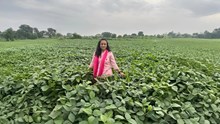
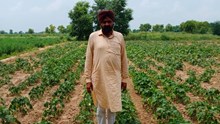

Share your comments